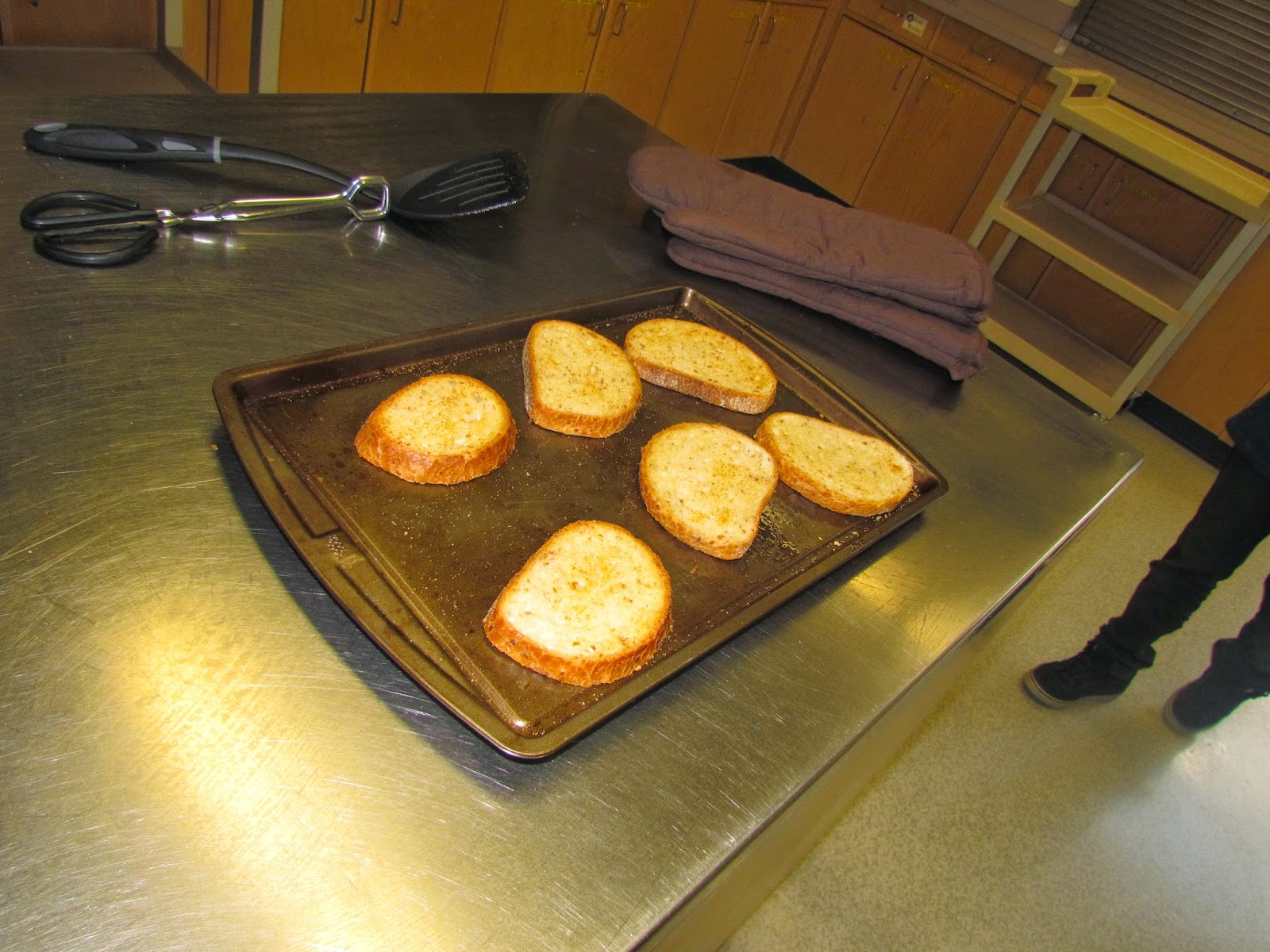Monosodium glutamate (MSG, also known as sodium glutamate)
is the sodium salt of glutamic acid, one of the most abundant
naturally-occurring non-essential amino acids. The U.S. Food and Drug
Administration has given MSG its generally recognized as safe designation.
Although many people identify themselves as sensitive to MSG, in controlled
studies scientists have been unable to consistently trigger reactions. The
European Union classifies it as a food additive permitted in certain foods and
subject to quantitative limits. Food manufacturers sell and use MSG as a flavor
enhancer because it balances, blends and rounds the perception of other tastes.
People say that they have reactions to MSG. These reactions
— known as MSG symptom complex — include:
Headache
Flushing
Sweating
Facial pressure or
tightness
Numbness, tingling
or burning in the face, neck and other areas
Rapid, fluttering
heartbeats (heart palpitations)
Chest pain
Nausea
Weakness
However, researchers have found no definitive evidence of a
link between MSG and these symptoms. Researchers acknowledge, though, that a
small percentage of people may have short-term reactions to MSG. Symptoms are
usually mild and don't require treatment. The only way to prevent a reaction is
to avoid foods containing MSG.




















